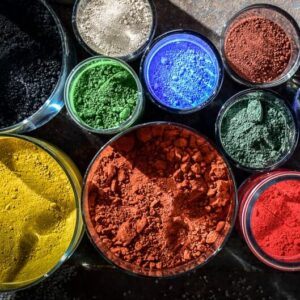Cast Stone Pre-Manufacturing Considerations
First in cast stone pre manufacturing considerations, I would like to start by clarifying what wet-cast stone is. Simply put, it’s a type of product that mimics the look and feel of natural stone made with a wet mixture. whether smooth or textured. You’re going to find out how this is a versatile material is extensively used in building facades, garden ornaments, and a full range of other architectural elements. The wet-cast production process allows for easier distribution of pigments in the mix and can be less difficult to place in intricate designs and details, allowing the product to be less expensive than dry tamped products making it a favourite among builders, architects and designers.

This post contains affiliate links. If you make a purchase through these links, I may earn a commission at no extra cost to you.
As an Amazon Associate, I earn from qualifying purchases
Cast Stone Pre Manufacturing & Wet Cast
I hope to impart an understanding of the ins and outs of the wet-cast process and the different cast stone pre manufacturing considerations. It isn’t just about pouring concrete into a mould; it’s quite a fine-tuned operation that blends art with a little science and a lot of hard work. From the choice of aggregates to the control of cement & colour content, every step is crucial. In my opinion, it’s the attention to these details that elevates the quality and consistency of the finished product.
This product fits into modern architecture because it is normally far less expensive than its dry tamp cousin, it’s also lends itself to the ease of customization and flexibility. Wet-cast stone can be placed into nearly any form that a mold can be made for, enabling architects to create more complex designs that might be unfeasible with quarried and hand-carved stone. This includes ornate historical restorations as well as sleek, contemporary designs. There are few constraints with wet-cast stone when it comes to design. Unlike the alternate method of dry tamped cast stone which is more like the Rolls-Royce of the stone world and comes with a price to match. We will explain about this product in a later article as it does have a lot of pros if you are mimicking many other styles.
Speaking of designs, the next section is especially exciting. You can always adjust your approach down the route of design, but knowing about the vast array of colours and textures available will expand your horizon from the get-go. Choose something that works for you, so let’s explore the aesthetic versatility of wet-cast stone finishes that add another dimension to the architectural finish.
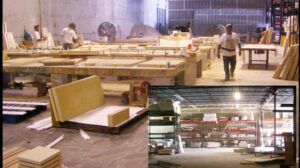
The Aesthetic Versatility of Wet-Cast Stone Finishes
It isn’t just about cast stone’s functionality, it’s also about the beauty that wet-cast stone brings to a building’s facade or an interior space. The production process is intricately designed to not only ensure the structural integrity of the stone but also to bring an architect’s vision to life through a myriad of finishes.
In cast stone pre manufacturing considerations you may wish to know more about the rich variety of finishes that can be achieved with wet-cast methods. From the rugged, weathered look of an ancient castle to the smooth, refined finish of a modern museum, or even a textured finish that mimics the look of natural coral stone, the possibilities are nearly endless. Aesthetic customization is one of the greatest strengths of wet-cast stone, providing designers the freedom to create details that truly complement other aspects of their designs.
Colours play a very important role in the versatility of wet-cast stone. By incorporating different pigments into the mix, and in many cases this can be several different pigments to create a perfect natural stone colour and using white cement in many mixes, manufacturers can produce cast stone in virtually any colour. Imagine a spectrum ranging from earthy, natural tones to vibrant, contemporary hues. With a skilled production worker and 2 or 3 different mixes, a dramatic marbling effect can also be achieved. These capabilities allow wet-cast stone to either blend seamlessly with traditional environments or stand out as a statement piece in modern settings. You should be aware that cast stone can, especially with heavily pigmented mixes, dry in time with varying hues, just like any natural stone.
Then there’s texture, the touch-and-feel aspect of cast stone that can change the character of a space. Techniques like acid etching, sandblasting, or other treatments added to the moulds before casting or other complex post-casting tooling & finishing can be used to create textures and surfaces that replicate natural stone finishes such as limestone, granite, or travertine. This mimetic ability means that wet-cast stone isn’t limited to just replicating traditional stone finishes; it can also be tailored to produce unique textural effects that play with light and shadow, adding depth and richness to architectural elements. I will delve deeper into many of these finishing and casting techniques in future posts.
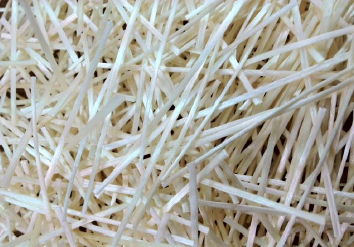

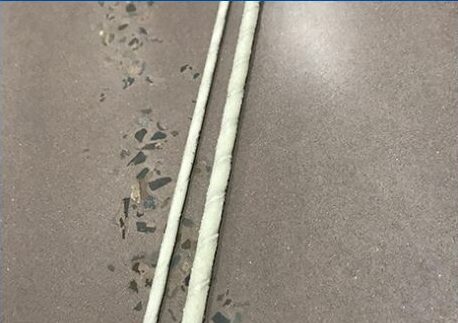
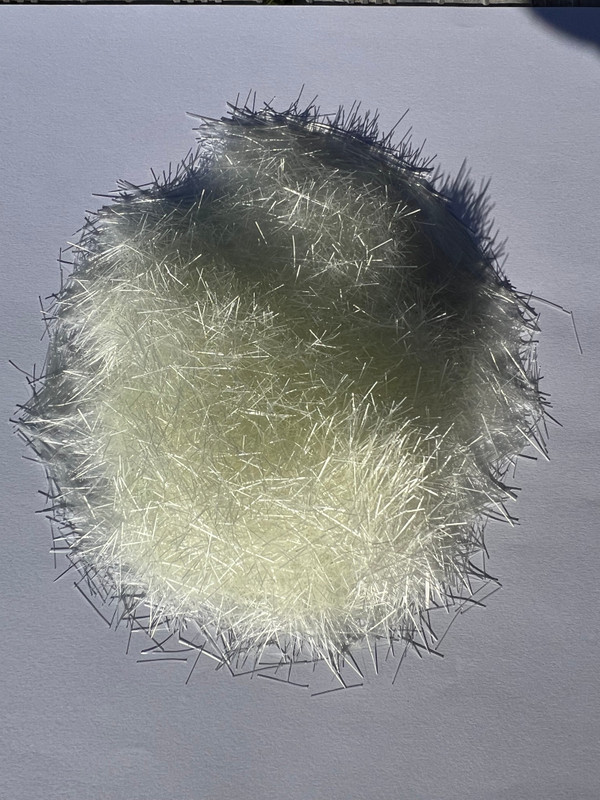
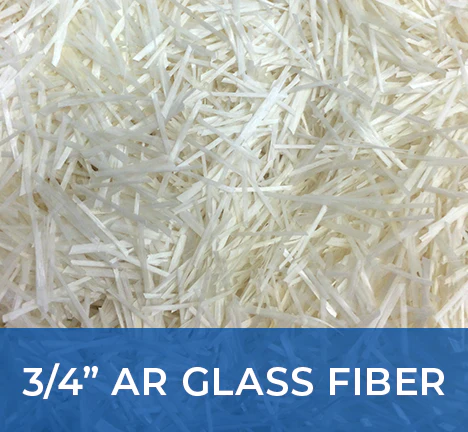
Strength and Endurance: Reinforcing Cast Stone Elements
So after discussing the aesthetic aspects, let’s turn our attention towards the integrity of wet-cast stone. I’m going to help you understand the reinforcing requirements that make this material not just beautiful but also durable. Now, reinforcing cast stone is not always crucial, but needed in some elements, especially when it’s part of an architectural project which could be exposed to extreme weather events or where safety issues become paramount.
When it comes to reinforcing, most people typically think we are talking about adding steel materials into the molds before casting to enhance strength. With wet-cast stone this isn’t really about making the stone structurally tougher; it’s more about ensuring it can withstand the stresses and strains of transportation and its final environment. One common misconception is that using steel bars or mesh, which is known technically as rebar.
No Ferrus Rebar
But rebar is not the product for this job. What we had used for many years and that I still would recommend today in any decorative architectural cast stone pieces, except in rare occasions where the need for structural performance is critical. I learned the hard way and I only used non-ferrous reinforcing. It is important to understand that in most circumstances the thickness of cast stone is a fraction of structural cast stone or concrete, so therefore it is virtually impossible to attain conventional coverages needed for the use of the ferrous rebars.
Engineering & Cast Stone Pre Manufacturing Considerations
There’s more than just steel available. I’ve seen some pretty interesting developments, over the years with the use of fibreglass rebar in many sizes, and with fibres of many types and lengths that you can add to your mixes and composite materials like carbon fibre entwined with other types of fibres, which are gaining popularity for their strength-to-weight ratio and corrosion resistance. Some have been specifically designed to be used where bomb proofing is a requirement. These newer types of reinforcing are often selected based on the project’s specific needs, from the climate it faces to the engineering design goals.
You might wonder about the techniques of how these reinforcements are placed or how they affect the wet-casting process. This should be of no concern to you; the important thing to remember is that the type and amount of reinforcing if needed can be calculated by engineers. They will take into account factors and any extenuating circumstances. Remember architectural precast stone is not a structural element in 99% of cases, so the rigours of structural cast stone panels, or structural concrete to not apply here.
Conclusion
In conclusion, the right reinforcing for your cast stone project may depend on many factors. But you would not normally be involved in that decision process, but being informed early on, with both aesthetics and structure in mind, may help you with your decisions and avoid costly overruns. And, if you want to know more or need assistance, I’m here to help you navigate through the choices to find the best solution for your architectural vision.
Contact Us
We hope you find the information useful, but if you have any questions or need help, send us a message. You do have to sign in and confirm these days to comply with government rules. Sorry for the inconvenience.
Author Rob


